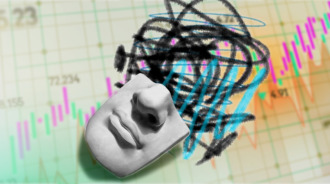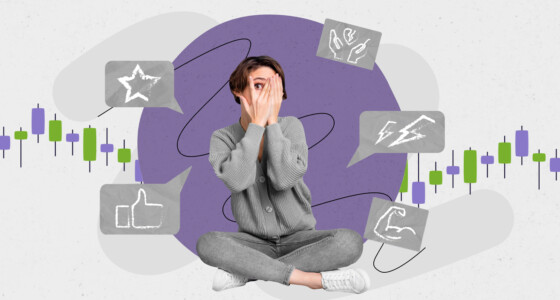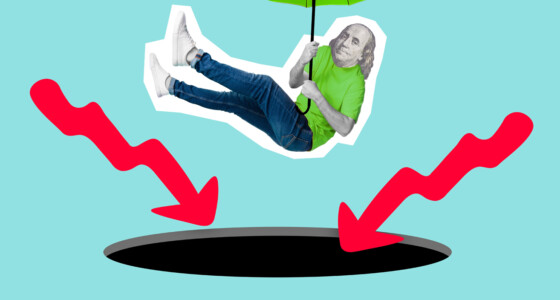

The financial market doesn’t let anyone take full control of it. Even the so-called market makers can suffer huge losses if they overstep their boundaries. For example, Kweku Adoboli from UBS lost inconceivable amounts of money on equities ETFs in 2011. “That sort of loss could not be created with the levels of market making people do normally,” experts said. But Adoboli thought that he could buy his way into controlling the market.
Take this story as a cautionary tale and continue reading to learn about “controlling the market”.
Uncontrollable markets explained
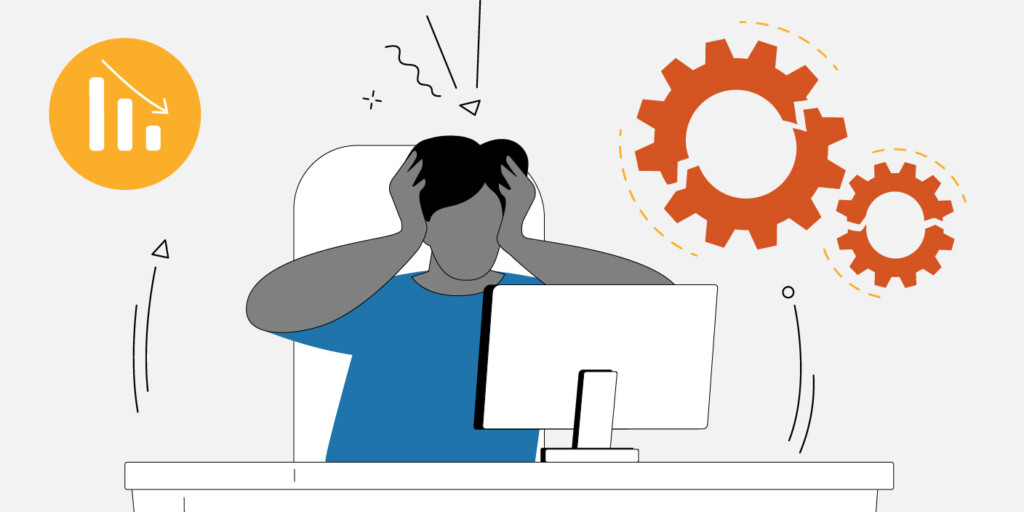
What is controlling the stock market? Well, normal people can’t, at least individually. One or even a handful of traders make practically zero impact on the circumstances. This is your first cue to stop trying to do it.
As for a large number of traders and investors, there is the power of the masses to be reckoned with. The bulls or bears have some degree of control at any given time. For example, if enough people decide to sell a stock, it’s likely to make it oversold and drive the price down. Then, if a large number of traders start buying the stock back at a lower price, it will push the price upwards.
Why your desire to control everything works against you
The desire to control the crowd is an inherent human trait – focusing outward rather than inward. This is not a healthy trait for a trading career. It often comes from self-discipline and self-control when you’d rather control someone or something else rather than yourself.
Think about why you want to control. Chances are it’s because of fear. You have a natural fear of losing your money trading, so you’re seeking a way to feel powerful and influential. But when trying to gain control over the uncontrollable, you lose track of your strategy and start trading erratically.

4 factors you can control
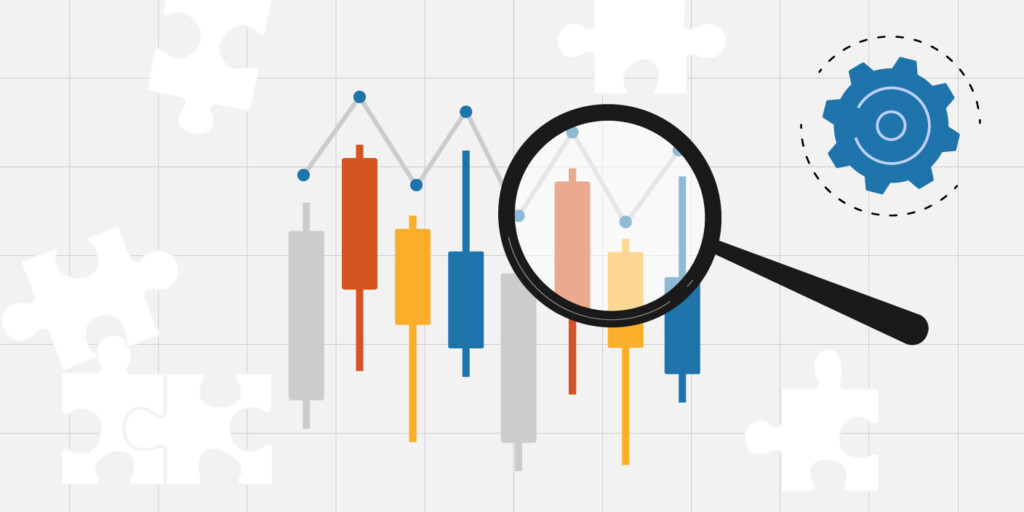
If you’re stuck thinking about how to control the market, there are four things that you can personally influence:
1. Trading style
Your trading style is a preference that determines how often you’ll be making trades and how long you’ll hold them. The choice of a trading style will be one of the first decisions you’ll make as a novice trader.
Most traders fit into the categories of active trading, day trading, position trading, swing trading, and scalping.
2. Entry and exit strategy
You can control when you enter or exit your positions. For example, enter when you confirm the start of a trend and exit with a change of momentum.
3. Risk management
Next, you have control over your position size and the placement of stop losses.
Risk management is not only mitigation but also acceptance of uncertainty in trading decisions. It reminds you that every trade carries a risk, whether you like it or not.
4. Mental state
Don’t let external circumstances get the better of you. It’s important to maintain a positive mental state if you want to stick around in the trading world. Find something that works for you and helps you regain composure in times of turmoil.
Focus on planning and executing your strategy
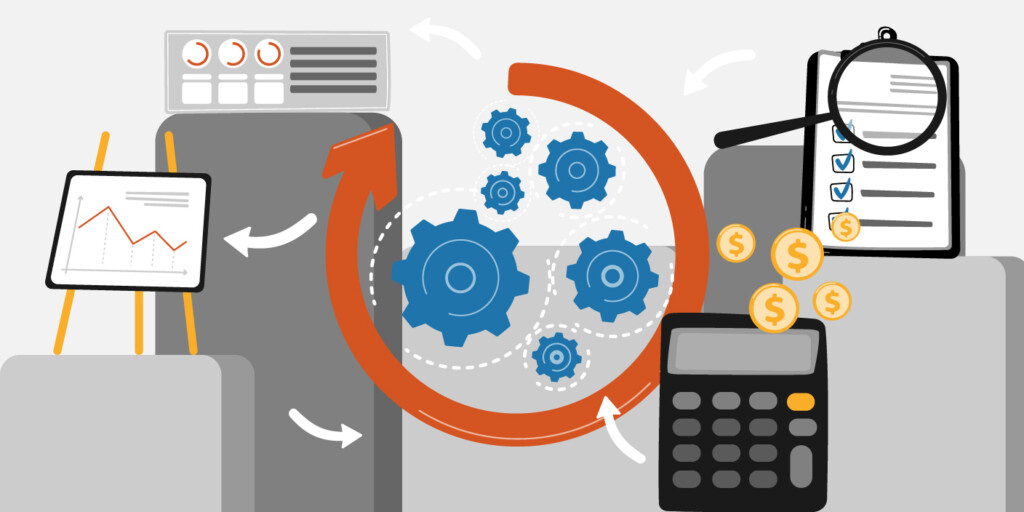
“If you fail to plan, you are planning to fail!”
On the one hand, you can’t force a stock to move in a certain direction. On the other hand, financial market speculation revolves around strategy. It’s not a lottery where a random ticket sets you for life.
So, the main takeaway of this article is that trading is a mix of things you can and can’t control, and you should focus on what you can control.
Also, being a trader means being ready for surprises and challenges. Whether the price suddenly goes up or the company goes bankrupt, you should have a clear plan. What’s more, you need to be the calm and collected version of yourself no matter what happens. Don’t even risk your money without a plan and good self-control.
